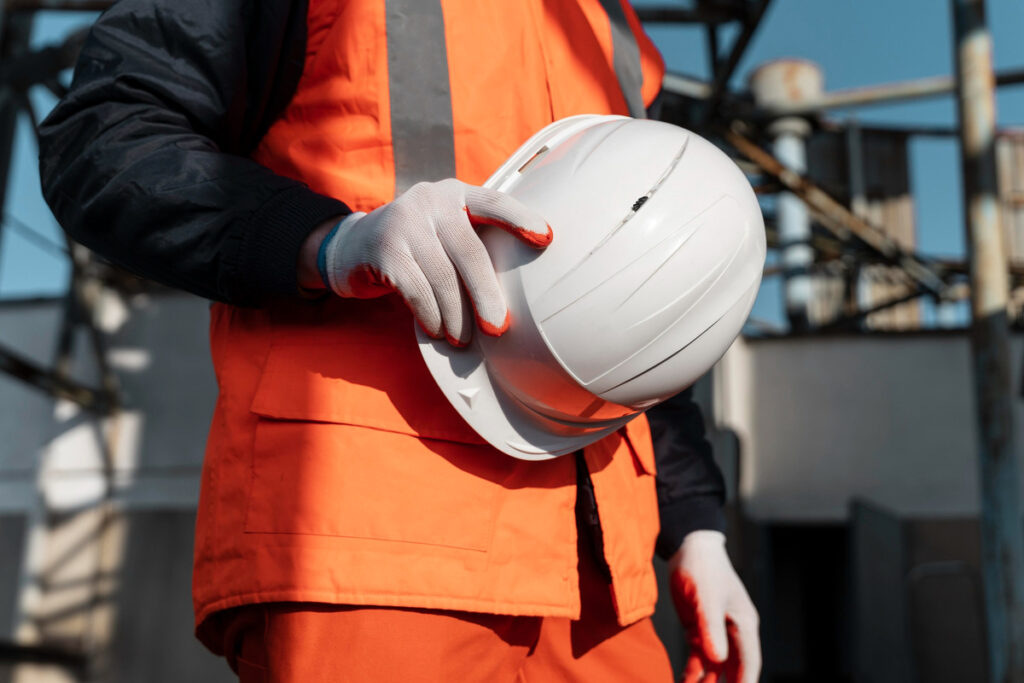Exclusive Neuroject Article: During a construction project, everything is all over the place. It doesn’t matter how highly regulated and organized your construction process is; maintaining Security in a Construction site is always difficult. Any construction project manager must implement tight security measures to ensure that no one tampers with construction equipment or supplies during off-work hours.
Construction sites are an easy target for vandals, trespassers, and thieves, therefore a construction team must keep them as far away as possible. In this article, I’ve discussed a few helpful hints for improving Security in Construction sites. Let’s have a look.
Table of Contents
Why Security is Construction is Important?
Security in Construction is essential for a variety of reasons. The first reason is financial: you need to preserve your prized assets and expensive materials. If a criminal steals your materials, you’re responsible. Your client should not have to pay for missing items on the job site that they are paying you to oversee. To keep your client happy, you’ll need to purchase replacement materials. Because you have the proper equipment, your company can accept certain building jobs. If your equipment is stolen, you may lose your ability to perform specific tasks. You’ll have to turn away projects requiring that equipment, rent the equipment from another company, or replace the stolen equipment. This last option can be somewhat expensive.
The second reason for implementing Security in Construction is to stay on schedule. When thieves steal your equipment and resources, they are taking more than just money. They’re robbing you of your time. If you want your client to be satisfied and offer you more job possibilities in the future, you must complete your assignment within the time range you have specified. Without the essential resources or equipment, the project may come to a standstill.
The third reason is for employee and pedestrian safety. If your job site is open to the public at all hours of the day, you invite more than just burglars in. Children, curious neighbors, and other people may be put at risk if your construction site lacks sufficient job site security. Not all unauthorized users of your construction site may be doing it deliberately or with the intent to cause trouble. People may go through construction zones when looking for a shortcut or just because they are unaware that it is one.
Security in Construction sites must be carefully controlled to protect users from danger. If someone is wounded while on your property or as a result of your employment, you may violate the law. The general public must be protected against harm by employers. Furthermore, as a contractor or lead contractor, you are specifically required by Construction and Design Management (CDM) to safeguard your work site. As a result, Security in Construction is essential for reducing liability and promoting public safety.
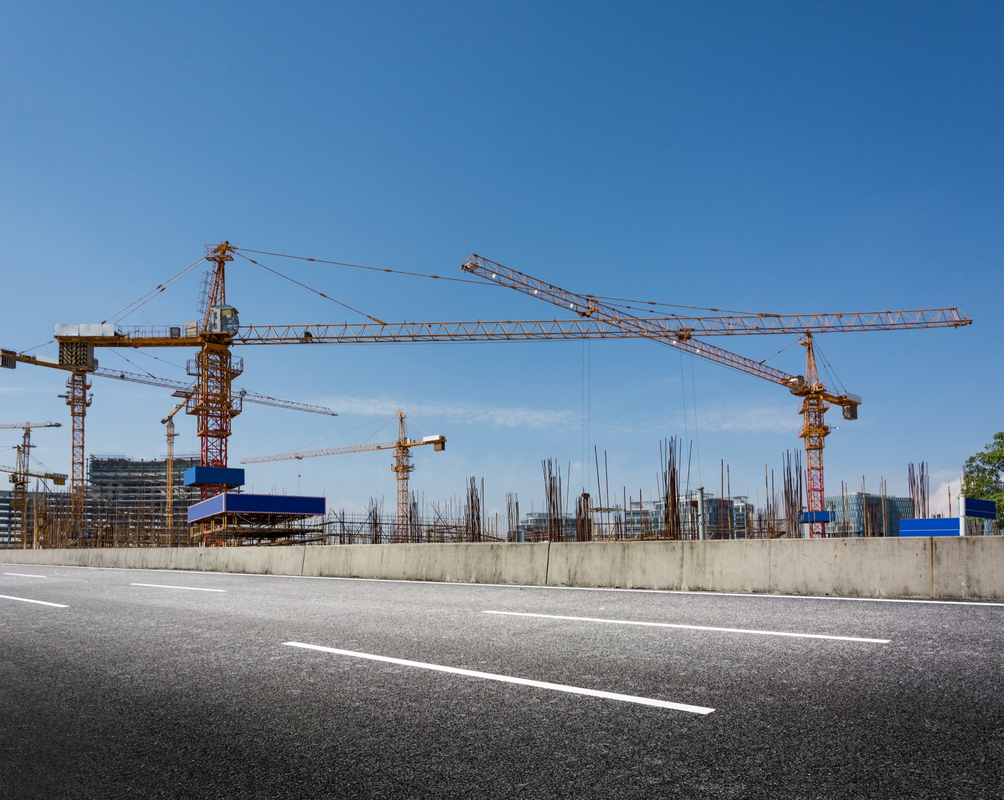
Threats and Consequences of Accidents in Construction Sites
Unauthorized entry to a construction site can lead to crimes, which poses the following risks to the construction business:
- Operations: Including ongoing works and schedules, disruption to which costs millions each year.
- Property and Materials:
- Outbuildings and structures.
- Structures that are being built or torn down.
- Materials used in construction, such as metal or cable.
- Vehicles, equipment, and tools.
- Possessions and assets of staff.
- Fuel theft is common due to the expensive cost of fuel. Fuel may be readily recycled and vanishes unnoticed, but stealing fuel from a construction site can have unintended consequences that endanger operations, property, and lives.
- Delays and Ensuing Operational Difficulties: Just a few plant trucks or generators can run without fuel. Without the proper tools, your teams cannot work effectively. Schedules and costs will be affected by the delays.
- Lost Life or Injury: Tearing out fixtures, leaving wiring unsecured, and intentional acts like arson. Fuel spilled during theft is frequent and poses a serious fire risk.
In addition, unfortunately, Safety and Security in Construction is all too often overlooked on a project. This is even though the construction industry is associated with most fatal accidents at work and a high rate of non-fatal accidents. There is a potential hazard anywhere and at any time on-site. As a result, workers face health and safety concerns daily when working on-site. To make matters worse, the consequences of these mishaps can be severe, ranging from minor injuries to permanent physical damage or even death. These effects are categorized as follows:
- Direct: Worker(s) injury/death, material damage, project time wasted, and so on.
- Indirect: Staff shortages, litigation, delays, budget overruns, and other indirect effects.
Likewise, there are long-term consequences such as reputational harm, loss of trust of the staff and clients, and the possibility of worker strikes.
Challenges Faced in Construction Sites
Sites pose Security in Construction challenges:
- A busy site means frequent movement. As staff concentrates on their areas and tasks, the site may be open to opportunists who may enter unchallenged to help themselves or to survey the layout, value of assets, and presence (or absence) of onsite security before returning for a more organized theft spree.
- The presence of access points is of utmost importance to various groups of individuals, including personnel operating vehicles, employees working on construction sites, and authorized visitors such as managers and building controllers. It is noteworthy that these access points may undergo frequent changes throughout a project and may be subject to vulnerability during different phases of the work.
- Movement and storage of vehicles that may need to be kept on-site temporarily can be a challenge to secure cost-effectively and safely.
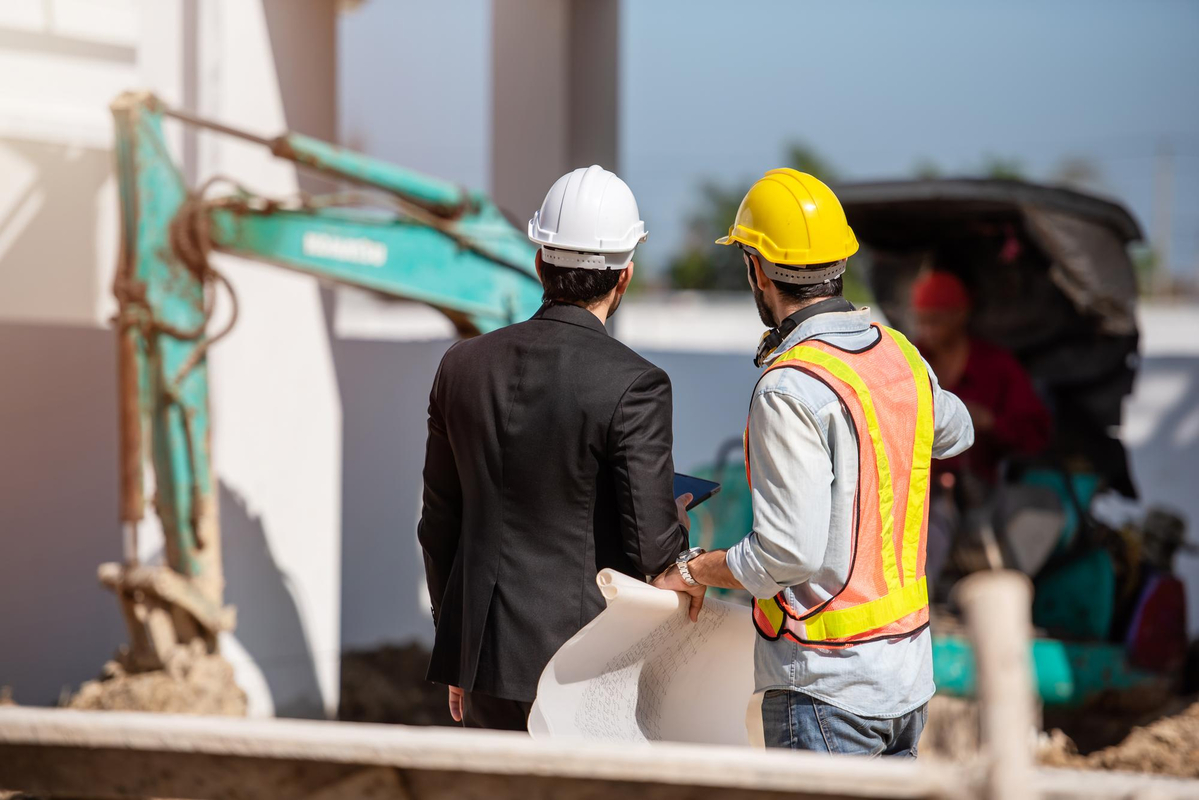
Who is in Charge of Construction Site Security?
According to the Occupiers’ Liability Act, Construction site occupiers have a duty of care to people who enter the site, and to control Security in Construction. If there are numerous contractors on-site, a ‘primary contractor’ must be chosen to oversee and monitor all construction activities to ensure that there are no safety hazards.
There will also need to be a manager who will be in charge of health and safety daily, as the primary contractor will not always be on site. Independent authorities, such as the Health and Safety Executive, may also visit construction sites to examine the Safety and Security in Construction.
The acts of thieves who have gained access through improperly secured sites pose a risk to business operations, property, and even life, and site owners or managers also run the risk of being held liable for additional loss and damage.
For instance, if machinery and large, powerful vehicles are taken to break into or destroy other buildings, such as ramming retail establishments, or to gain high-up access to a building, this subsequent action of the theft can be expensive in terms of both site loss and liability for other damage or losses that happen off-site.
Construction firms may also be held responsible for trespasser-related accidents or as a result of trespassers endangering everyone’s safety. This frequently occurs when premises are not properly secured to deter theft and vandalism. When antisocial behavior as a whole or a specific, renegade rebellion against local construction is present, construction sites can be particularly vulnerable to damage. This is a huge responsibility to be shared across just a couple of people, so it is recommended that you get additional Security in Construction.
Suggested article for reading: Construction Safety

Security in Construction Tips
Now that you understand why Security in Construction is crucial, you must put it into action. Use the following suggestions as a Security in Construction checklist to keep your project site safe from theft and injuries:
1. Assess the Security Requirements of Site
In an ideal world, job site security is planned far in advance of the start of the job. You can lessen the likelihood of theft and break-ins if you examine your job site before construction begins. To take the next steps toward Security in Construction, take a walk around the area and ask yourself the following questions:
- Is the Job Controversial? Jobs can be contentious for a variety of reasons, including the demolition of historical landmarks, excessive noise levels in residential neighborhoods, or the extension of people’s morning and evening commutes. Keep in touch with local news outlets and authorities to learn about any controversies around your job location. Controversy increases the likelihood of enraged citizens breaking in and vandalizing the facility to make a point.
- Is There a History of Crime in the Neighborhood? The crime rate in a certain area will influence how much security you require. Speaking with neighbors and police about crime in the neighborhood will give you a better idea of how many layers of Security in Construction you’ll need. A fence may be sufficient, but some places necessitate more complex and technical security measures.
- What Does the Construction Site Look Like at Night? To ensure better Security in the Construction, it is advisable to visit the job site at night before and after the development work commences. Night-time inspection is crucial as the site may seem different in the dark, and it will help you understand what potential thieves are looking at. The ultimate goal is to make it look less conspicuous and challenging to access, even in the wee hours of the night.
- Are There Any Obvious Areas in the Site That Require Further Security? You might focus on locating “safety zones” that are visible from the road while on that evening visit. Do what you can during the day to make any susceptible locations on your job site safer and less inviting to thieves and criminals if you find any.
2. Create a Pre-Job Checklist
It’s time to create your Security checklist after you’ve assessed the particular Security in Construction requirements of your job location. This will assist you in keeping track of useful information and implementing regular security measures. Here are a few simple steps you may take to improve job site security:
- Identify the Person Responsible for Any Employment Losses: Determine which workers will be in charge of Security in Construction site. A team or a lone security manager may be in charge of Security in Construction. In either case, it’s a good idea to have a committed individual or team whose main responsibility is maintaining the security and safety of your job site.
- Take Actions to Reduce Loss: Such as establishing a system to monitor who is using your supplies and tools and where they are located. Think about requiring your staff to wear ID badges and uniforms. Use a sign-in sheet every day, and finally. To make matters easier if items go missing at any time of day, it’s critical to keep track of who was and wasn’t there on your job site.
- Identify Community Contacts: As soon as you sign the contract for your new building project, you should get to know the local authorities and first responders. Maintaining strong links with these organizations will keep you in good status with the neighborhood and guarantee you get the proper assistance if your project site is harmed. Get to know the neighbors that reside close to your workplace as a result of this. Their attentive eyes could be very useful.
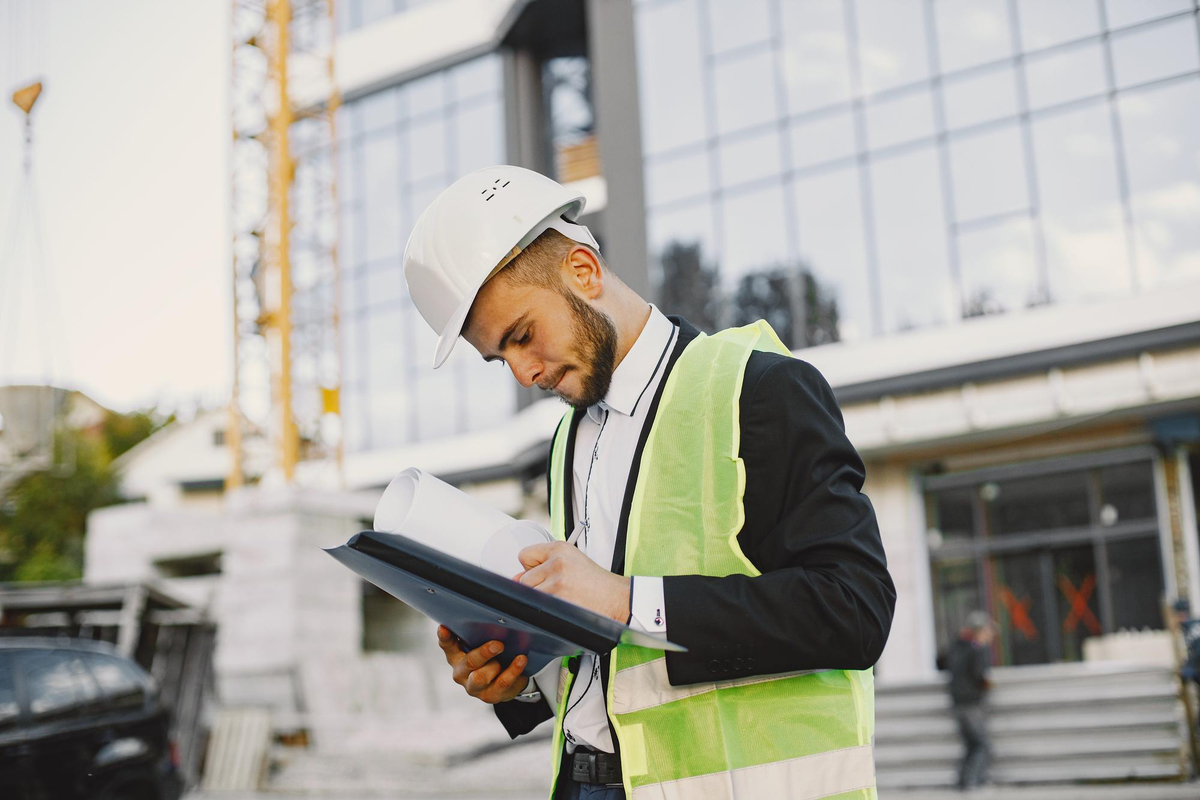
3. Secure the Perimeter
Using strong fence material that is at least 2 meters high can help you provide Security in Construction. Particularly in places where the terrain is uneven and might allow unintended entry, there shouldn’t be any holes beneath the fencing. Fencing can dissuade curious kids from walking into the grounds and hurting themselves in addition to limiting illegal entry for criminal activity.
There should be “No Trespassing” and “Construction Zone” signs posted all around the perimeter of the property. Some people could attempt to cross through the threats without understanding why their typical route is barred.
Sign for Security in Construction ensure that the zone adjacent to the fencing is kept clear to prevent trespassers from reaching over it to access entry or gain a foothold to climb over the fence. The area around the fence line should also be clear of shrubbery to eliminate potential hiding places. The fencing should be inspected regularly to look for weak areas or signs of tampering; compromised areas should be repaired immediately.
4. Construction Site Lighting
The best times for thieves to commit crimes are when it is dark. They may now move in confidence and privacy thanks to this. Using different lighting options on your site can serve as a crime deterrent and improves Security in Construction, since they will make a criminal’s actions visible to the entire neighborhood:
- Select Bright White Lighting: Because it helps individuals identify themselves and read license plates by providing good color distinction. They cost more to maintain their lighting, though. Since the lights make it possible for them to discern significant features, many job site managers believe that the additional cost is justified. A face should be recognizable to onlookers at a distance of 30 feet, on average.
- Ensure the Safety of Power Supply: Criminals have the ability and motivation to cut power cables, rendering lighting equipment worthless and disabling any alarms. Keep your power lines high in the air if you can because it’s possible that you can’t bury them on a temporary construction site, as this will lessen the chance that someone will cut them.
Lighting up your construction site all night long might be pricey. Utilize automated and motion sensor lights to cut money while maintaining high security. These lights may be set up to turn on and off at different intervals throughout the night, giving the impression that someone is working on your project. Until anything moves within their line of vision, motion sensor lights will remain off. When they switch on, dazzling light will fill the area and drive thieves away and makes Security on the Construction site.
5. Monitor the Site
Strategically positioned security cameras reduce damage, increase Security in Construction, and help you avoid liability claims. You want to install remote video surveillance that combines artificial intelligence and human monitoring to maximize construction site security with CCTV.
With a hybrid monitoring solution, routine duties may be handled by artificial intelligence (AI) while the monitoring operator decides how to react. The task of AI is to thoroughly examine the premises in search of any number of predetermined scenarios for Security in Construction. After hours, it will keep watch on anyone entering the construction site. It won’t pay attention to innocuous objects like wandering animals and fluttering garbage bags.
The system alerts the monitoring operator who is on duty as soon as it notices something out of the ordinary. The operator can respond by providing a warning over an on-site speaker depending on the behavior, and it is done without actually being in construction site. The operator may follow the suspect while updating law authorities if the intruder stays if they do not depart.
Video surveillance also keeps an eye on the whole perimeter of the construction site and documents every event that occurs there. The video footage may be used as evidence in criminal prosecutions and liability claims by law enforcement and insurance firms. It can result in a decrease in your other expenses and liability insurance rates.
The proactive nature of video monitoring sets it apart from other Security in Construction measures. It offers your building site the best level of protection while assisting in lowering responsibility and dangers. Because of all these advantages and more, video surveillance provides a speedy return on investment for Security in Construction.
Suggested article’s for reading: AI in Construction | Construction Monitoring
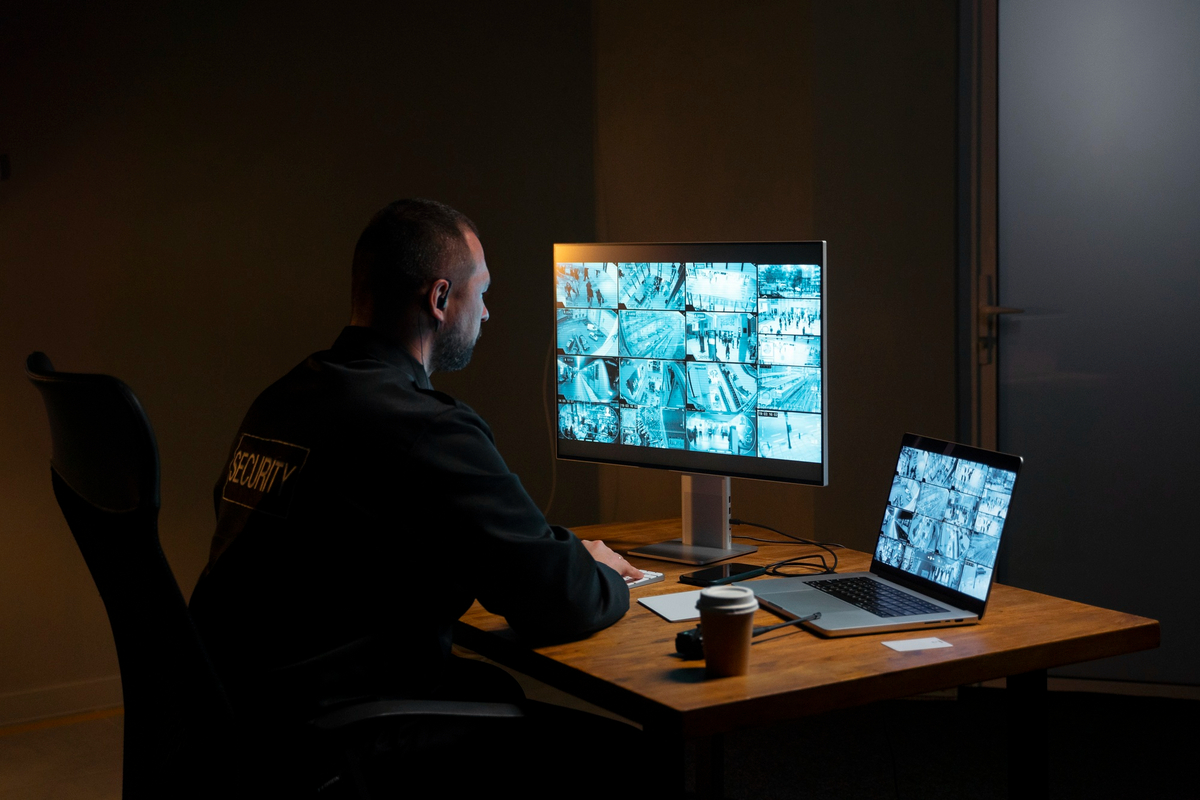
6. Access Control & Visitor Management
Access control systems are valuable tools to maintain Security in Construction and keep unauthorized individuals out. Having a fence around your property that is complemented with a gated access control, will help you control who enters your construction site to keep it more secure.
Additionally, you can maintain track of staff as well as other people by documenting who enters your premises. Virtual guards from a cutting-edge control room may also monitor and manage this technology. As a result, you may be confident of complete Security on the Construction site 365 days a year.
Similarly to this, owing to the recent covid-19 epidemic, cutting-edge access control technology played a significant role in limiting the virus’s spread. The touchless access control readers, biometrics, face recognition, temperature, and mask detection, along with a contactless door access system, ensure the reduction of virus transmission.
7. Hire Expert Security Guards
One of the best methods to improve Security in Construction is still by hiring a few security guards to keep an eye on things. These security guards will keep an eye on your building site at night and make sure nobody enters without your permission. Security guards are taught to deal not just with trespassers but also with thieves. In addition, if you have a surveillance system in place, you will need someone to watch the cameras; security guards may take care of that for you. It is still a highly effective, traditional method of perimeter security.
8. Make Sure To Lock Up
After working hours and whenever the site won’t be inhabited, entrance gates must be locked. To make sure that no access points are missed, a protocol for locking up should be established. This also holds for any automobiles on the property. Power tools, machinery, and supplies should be kept Security in Construction out of sight of possible thieves.
In addition to locking up, you should check the property for any access ladders that may have been left in places where they may be used by unauthorized people to enter. When not in use, edges, excavations, and pits should also be covered or blocked off with barriers to reduce the risk of falls.
9. Conduct Training Regularly
There is a common element among organizations that have fewer workplace incidents. Regularly, they undertake safety training. In order to prevent Security in Construction from being compromised, security training ought to be covered in this training. Include training, the frequency of holding it, and the topics it will cover when developing your Security in Construction plan.

Conclusion
The expense of implementing proper safety and Security in Construction will probably be significantly less than the expense of an accident. Given the significant risk of accidents in the construction industry, it is essential to allocate a suitable budget for such precautions.
It is essential to locate all potential danger factors on the property and take effective precautions against them. It may be advantageous to spend money on the appropriate construction software to accomplish this efficiently. This can support the maintenance of equipment properly, the effective flow of information, and the compliance of staff with administrative requirements. The clear picture of what is occurring on-site with regard to security in construction and the safety of your staff is ultimately what is at stake, and this is something that should never be underestimated.
Suggested articles for reading:
important construction technology in 2024
7 Important Building Technology Ideas for 2024
Resources:
HASpod | Build | American Protection Group | Stealh Monitoring | Lloyd Security | Region Security Guarding | Traxxeo | My Comply | Xenia | Safe Site Facilities | Birds Eye Security | Legislation | Opticom
For all the pictures: Freepik

